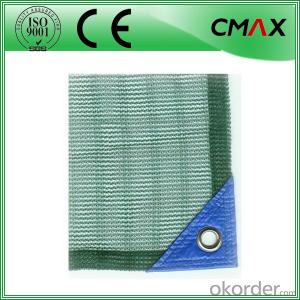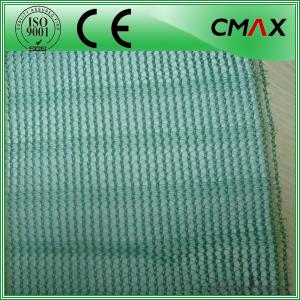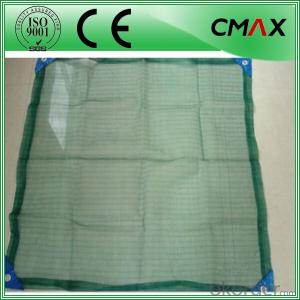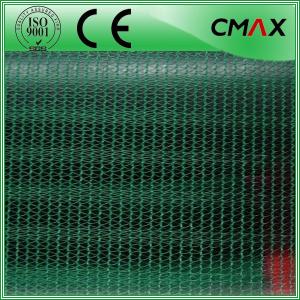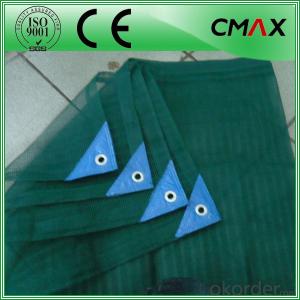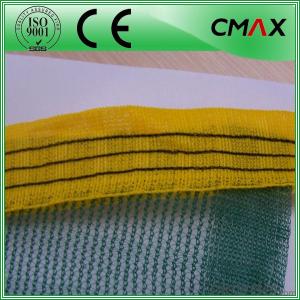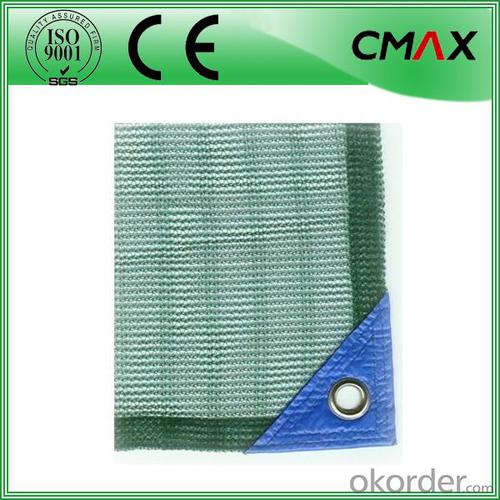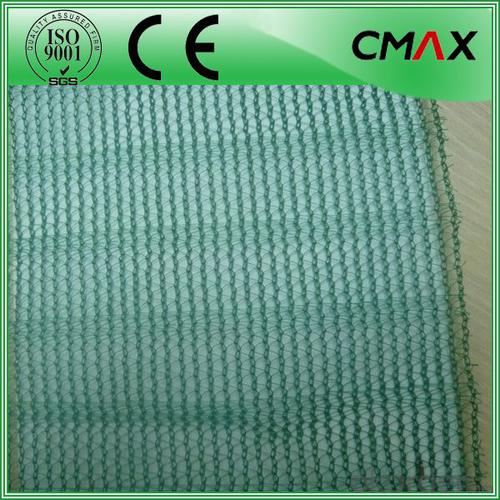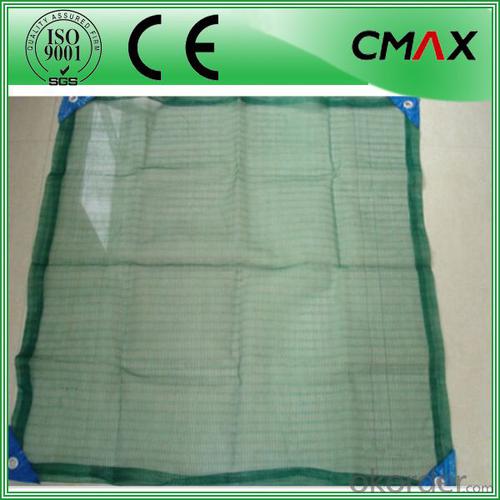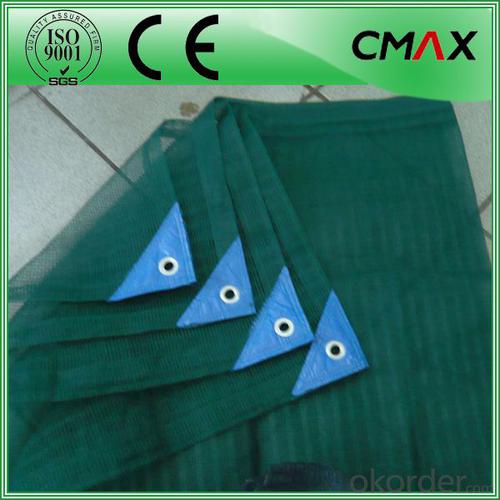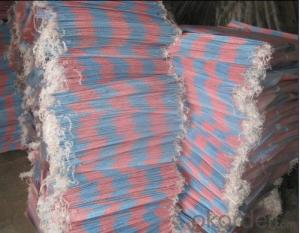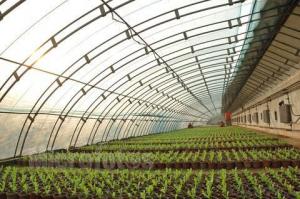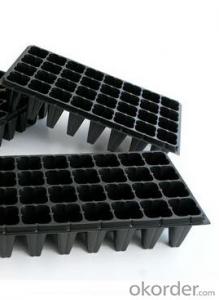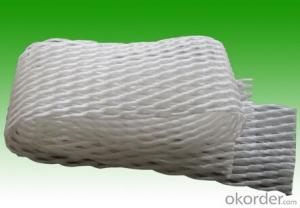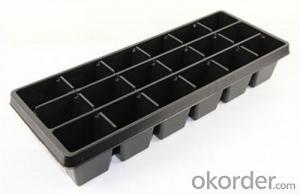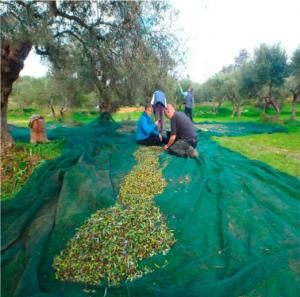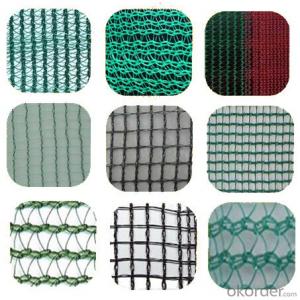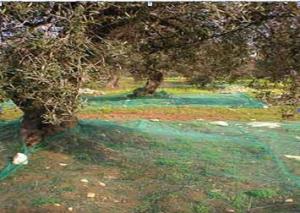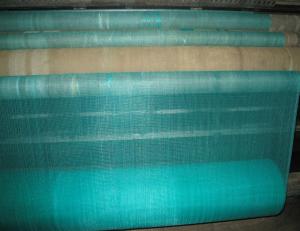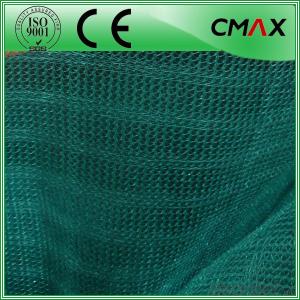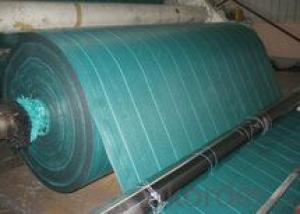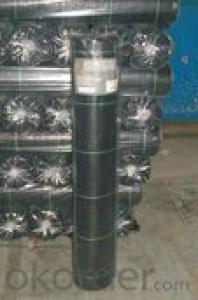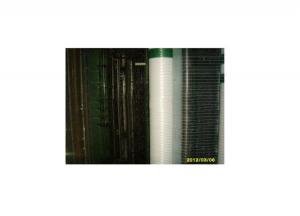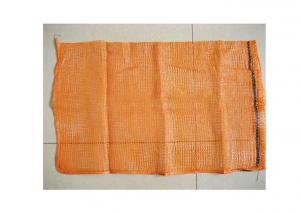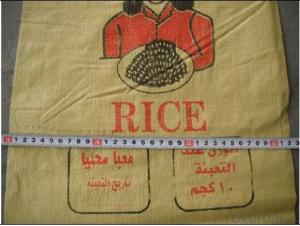New Products for Olive - Falling Fruit Harvesting Nets 50GSM
- Loading Port:
- Wenzhou
- Payment Terms:
- TT OR LC
- Min Order Qty:
- 300 m²
- Supply Capability:
- 1000000 m²/month
OKorder Service Pledge
OKorder Financial Service
You Might Also Like
New Products for Olive - Falling Fruit Harvesting Nets 50GSM
Production Description:
These nets are entirely made of UV stabilised polyethylene monofilament. The nets available have various kind of meshes in order to optimise the different harvesting methods of olives and fruits. Every net is suitable for a different application such as natural falling harvesting, hand harvesting or mechanised harvesting. The nets are available in different weights and colours and can be supplied in rolls or in sheets already stitched together with or without central vent.Olive collection net are used not only for the olive harvest, but also to gather chestnuts, nuts and deciduous fruits in general.
Produced with HDPE virgin material
UV stabilized - Long life
For Food : non-toxic, responsive to current European legislation on packaging for food.
Guarantee 5 years
Green&Black 50g/m2
Farmer used the net to gain olive from tree.
Specification:
| Type | CMAX-Olive Net |
| Weight | 33-200 gsm |
| Color | Black, Green, Dark Green, etc |
| Width,Length | 1-6m, 50m,100m as your requirements |
| Raw material | 100% Virgin HDPE with U.V Stabilized and irganox |
| Using life | At least 4 years |
| Delivery time | 30 days after deposit |
| Specification | construction(/inch) Warp=3, Weft=4.5, Br.Str.(kg) ,Warp=10, Weft=2 ,Screening factor(%) :10% |
| Packing | rolls with PVC suare tube(5×5cm)/double folded/PE Stretch film/label |
| OEM | If you have your own packing design,we can quickly meet your requirments. |
Application:

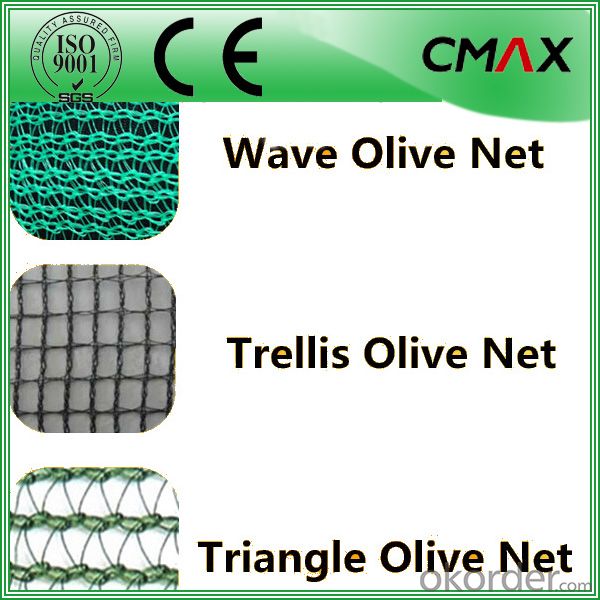
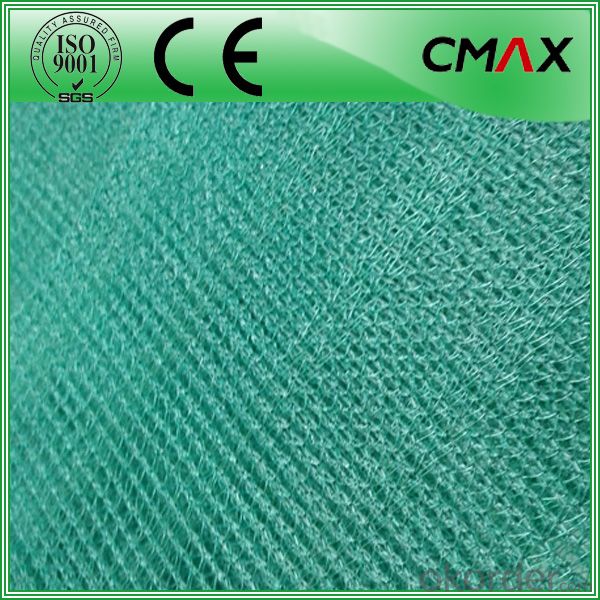
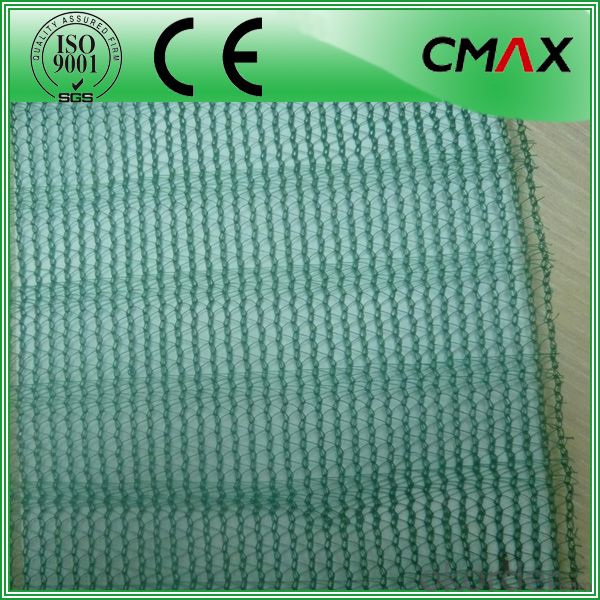
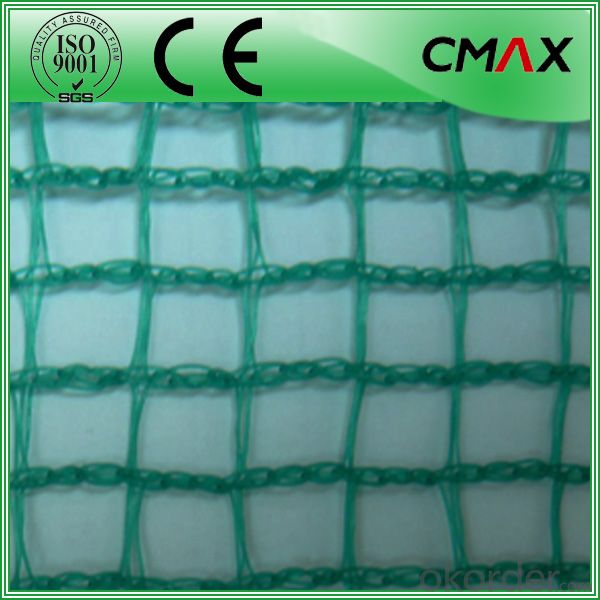
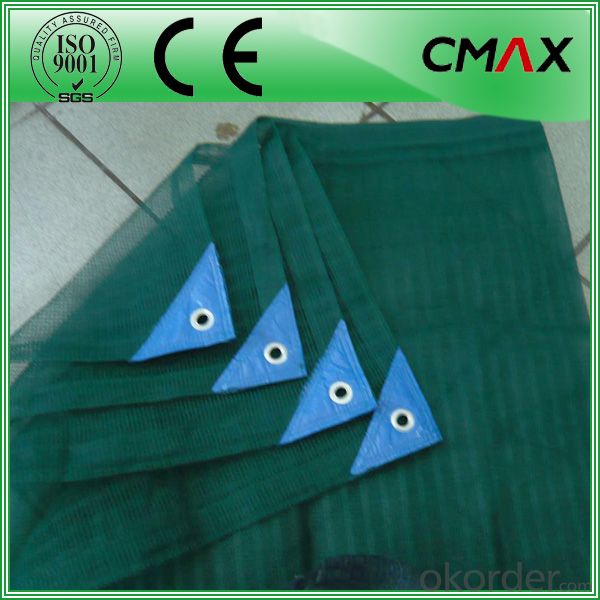
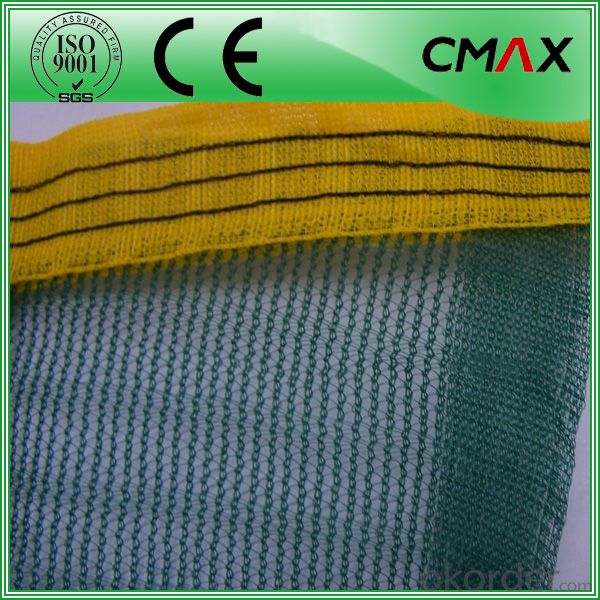
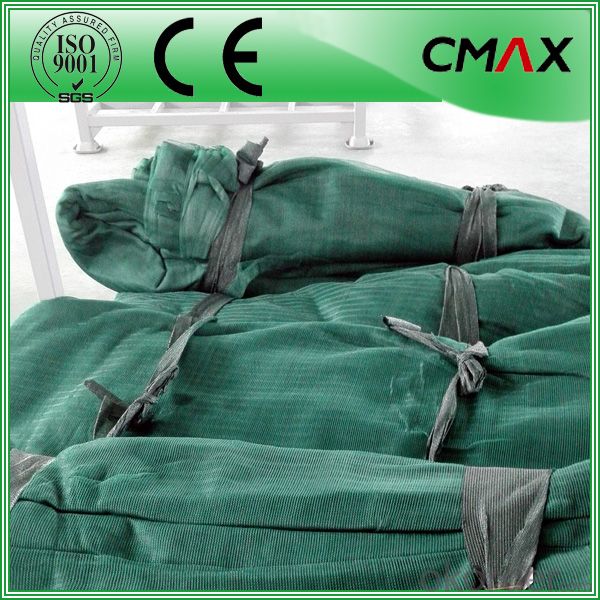
Process:
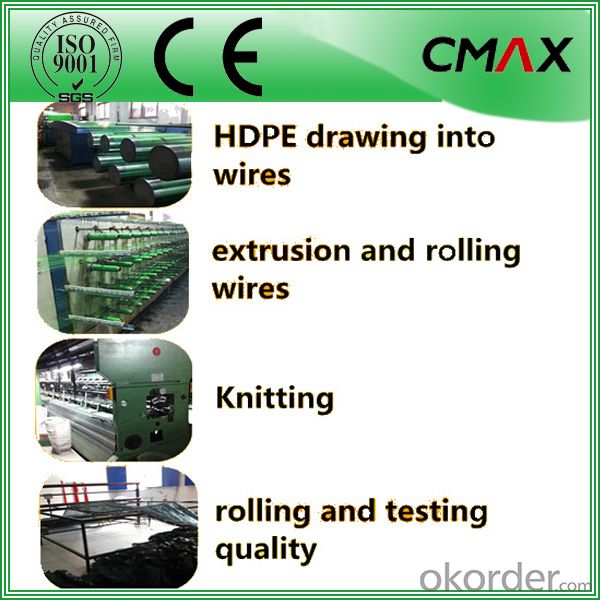
Shipping&Packing:
Delivery Time: 20 Working Days After Confirmed P.O.
Packaging: Each piece packed in plastic bag, and several pieces per bale with PP woven bag outside, or in rolls with inner paper tube with plastic bag outside.
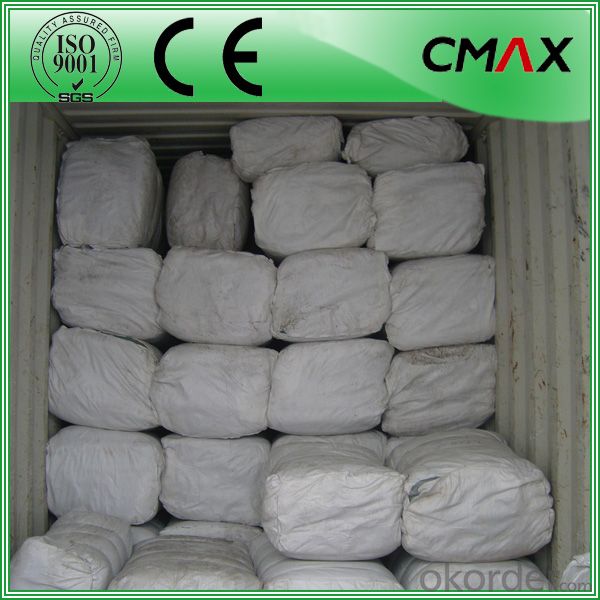
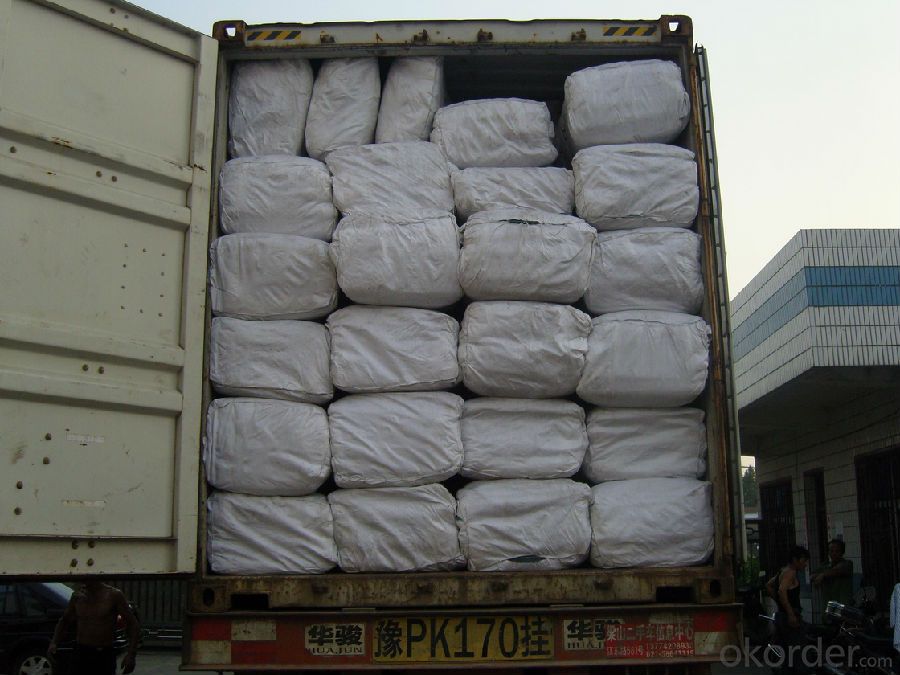
FAQ:
1.Q:Where is your factory located? How can I visit there?
A:Our factory is located in Shanghai, China. You can take flight to Shanghai Hongqiao airport, and 25 mins reach to our factory.
2.Q:What is the material of your products?
A: We use the raw material of High Density Polyethylene (HDPE) with UV Stabilized & Igranox to make our netting
3.Q:How does your factory do regarding quality control?
A: we are very proud to let you know that , We use the best raw material , have at least 5years experienced workers,
the advanced machine and specialized team to assure the quality
We perform Quality Control inspections on 100% of our products.
Our inspection standards are strictly in accordance with the ISO9001 certification system.
- Q: Can ground cover be used to create a living mulch?
- Yes, ground cover can be used to create a living mulch. Ground covers such as clover, creeping thyme, or low-growing grasses can help suppress weeds, conserve moisture, and improve soil health by acting as a natural mulch. These plants provide living cover and protection to the soil, reducing erosion and preventing weed growth, while also adding organic matter as they decompose. Overall, ground cover can serve as an effective and sustainable alternative to traditional mulching methods.
- Q: What types of plastic bins are used for potato storage?
- The most common types of plastic bins used for potato storage are ventilated plastic bins or crates. These bins have perforations or slats that allow air circulation to prevent the potatoes from rotting or sprouting.
- Q: YES in 1979 the nursing where my mother was residing burn to the ground MY mother in law had a plastic crucifix on the wall of her bedroom and stayed intact I went to see the fire burning the building ; and when I was there the fire was rolling in balls in my mother in law room so ;; the heat must have been like ;; 3000 F I never understood why the crucifix did not melt to just a unrecognizable object Its like God saying ;; see what I can do What do you think
- Depends. Was it actual plastic, or an alloy that looked similar to plastic? In that case you're either crazy or stupid. Or both!
- Q: What types of plastic bags are used for feed storage?
- Plastic bags used for feed storage typically include polypropylene (PP) bags or high-density polyethylene (HDPE) bags. These bags are durable, moisture-resistant, and provide a barrier against pests, making them suitable for storing various types of animal feed.
- Q: What is the best ground cover for high-traffic areas?
- The best ground cover for high-traffic areas would be a durable and low-maintenance option such as turf grass or artificial turf.
- Q: How do agricultural plastic products help with water conservation in nurseries?
- Agricultural plastic products help with water conservation in nurseries by preventing excessive evaporation and reducing water waste. Plastic mulch films, for example, create a barrier between the soil and the atmosphere, minimizing water loss through evaporation. Similarly, plastic drip irrigation systems deliver water directly to the plant's root zone, reducing runoff and ensuring efficient water usage. Overall, these plastic products play a crucial role in minimizing water consumption and promoting sustainable agricultural practices in nurseries.
- Q: Would you get a plastic surgery, to improve/change something about your physical appearance or not? honestly.
- I have no problems with plastic surgery. I think people should do what makes them happy. I don't think that I would ever get it done to my face, but a tummy tuck and / or breast reduction has entered my mind. I am all for something that makes a person feel better about themselves.
- Q: Can nursery trays be used for air plants?
- Yes, nursery trays can be used for air plants. Air plants do not require soil to grow, so they can be placed directly in the trays or on other surfaces such as rocks or driftwood. The trays can provide a convenient and organized way to display and care for air plants.
- Q: What is the recommended spacing between plants in a nursery tray?
- The recommended spacing between plants in a nursery tray typically ranges from 1 to 2 inches, depending on the size and growth habit of the plants.
- Q: Is it possible for farmers to employ biodegradable mulch films as an alternative to conventional ones?
- <p>Yes, farmers can use biodegradable mulch films as an alternative to traditional ones. These films are designed to break down naturally over time, reducing environmental impact. They help in weed control, moisture retention, and temperature regulation, similar to traditional mulches. However, their effectiveness and degradation rates can vary, and they may be more expensive. It's crucial for farmers to select the right type of biodegradable mulch film suitable for their specific crops and environmental conditions to ensure both economic and environmental benefits.</p>
Send your message to us
New Products for Olive - Falling Fruit Harvesting Nets 50GSM
- Loading Port:
- Wenzhou
- Payment Terms:
- TT OR LC
- Min Order Qty:
- 300 m²
- Supply Capability:
- 1000000 m²/month
OKorder Service Pledge
OKorder Financial Service
Similar products
Hot products
Hot Searches
Related keywords
